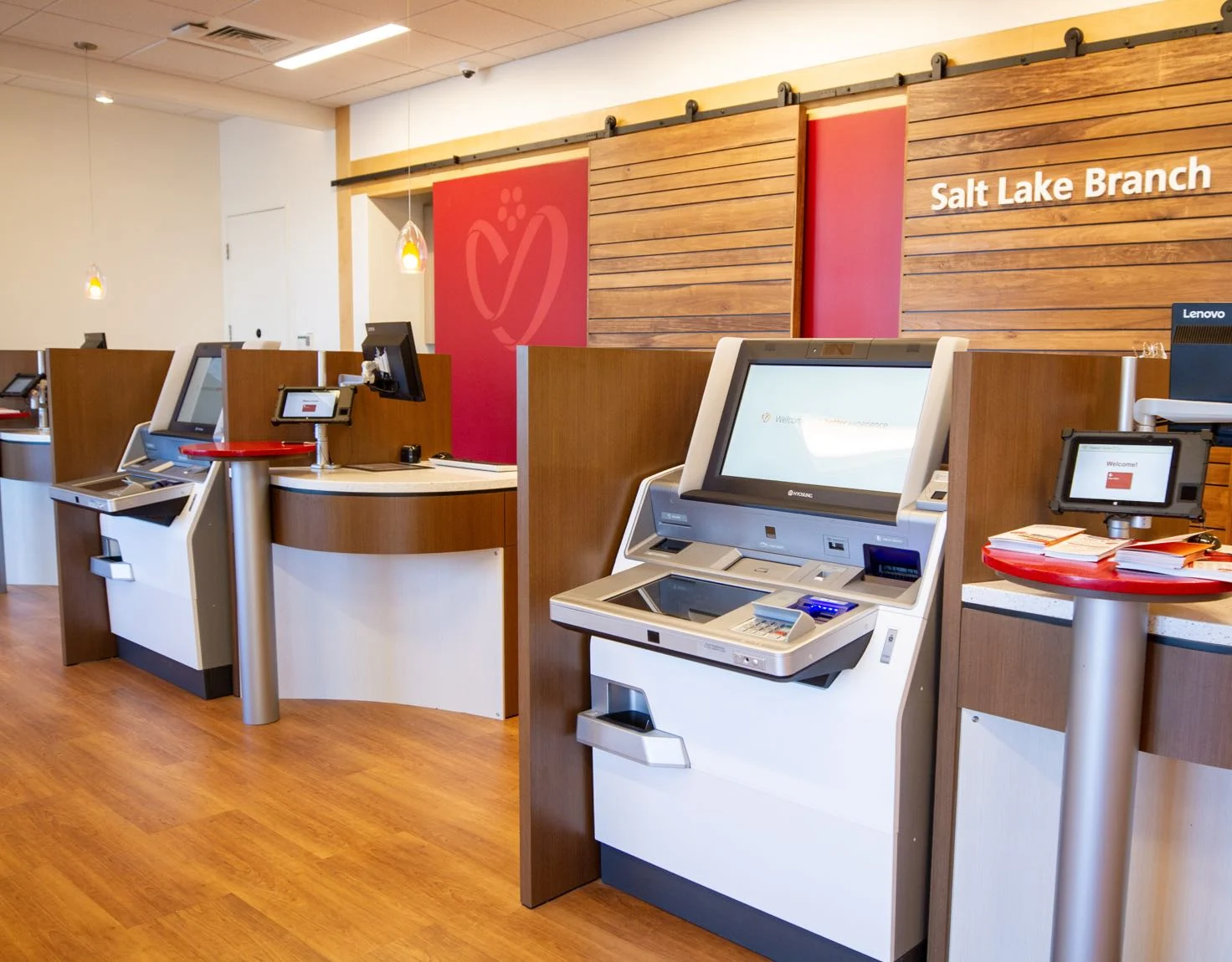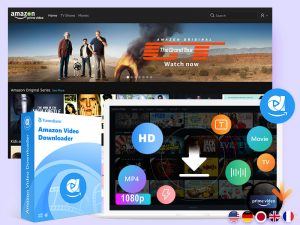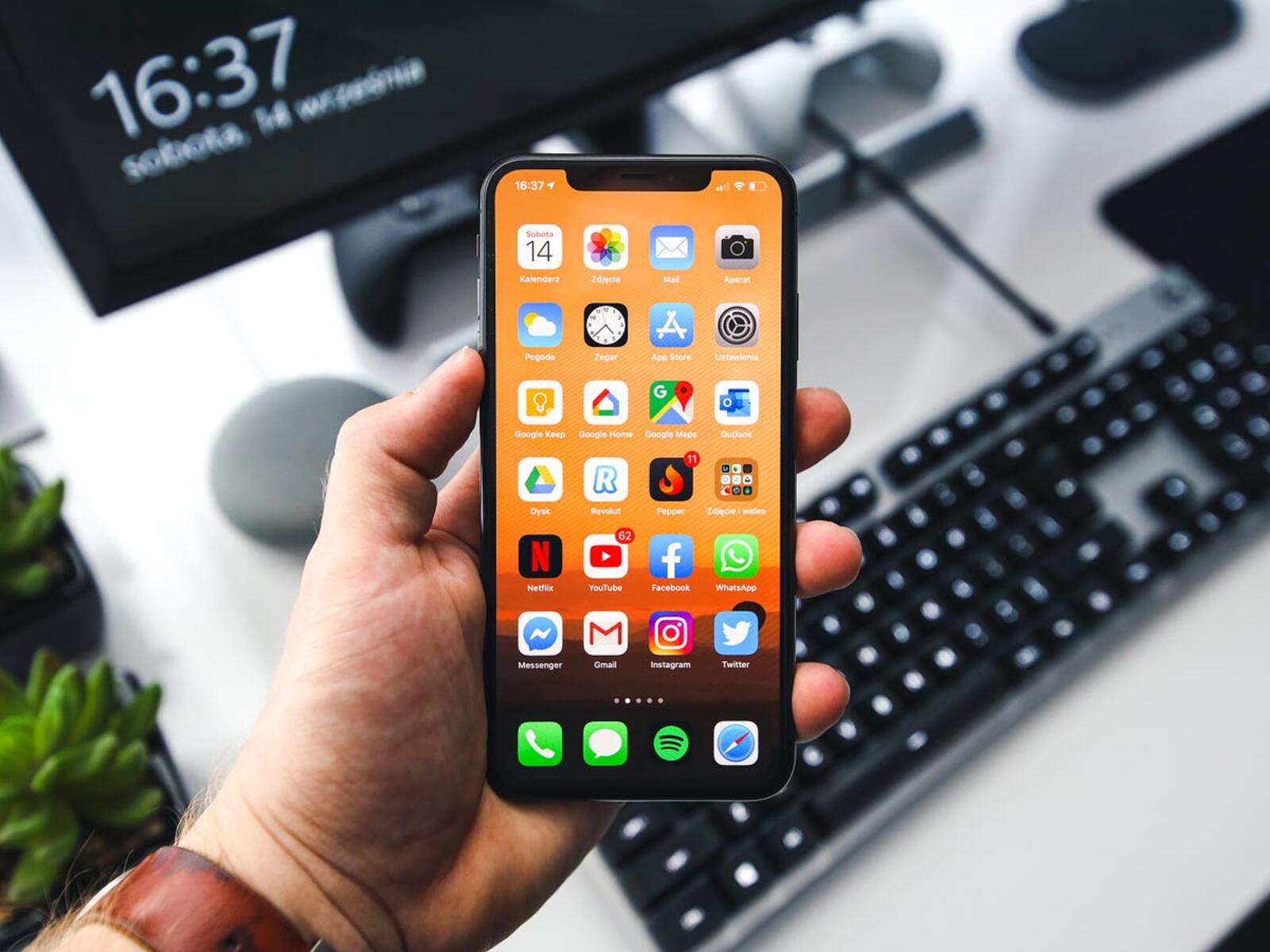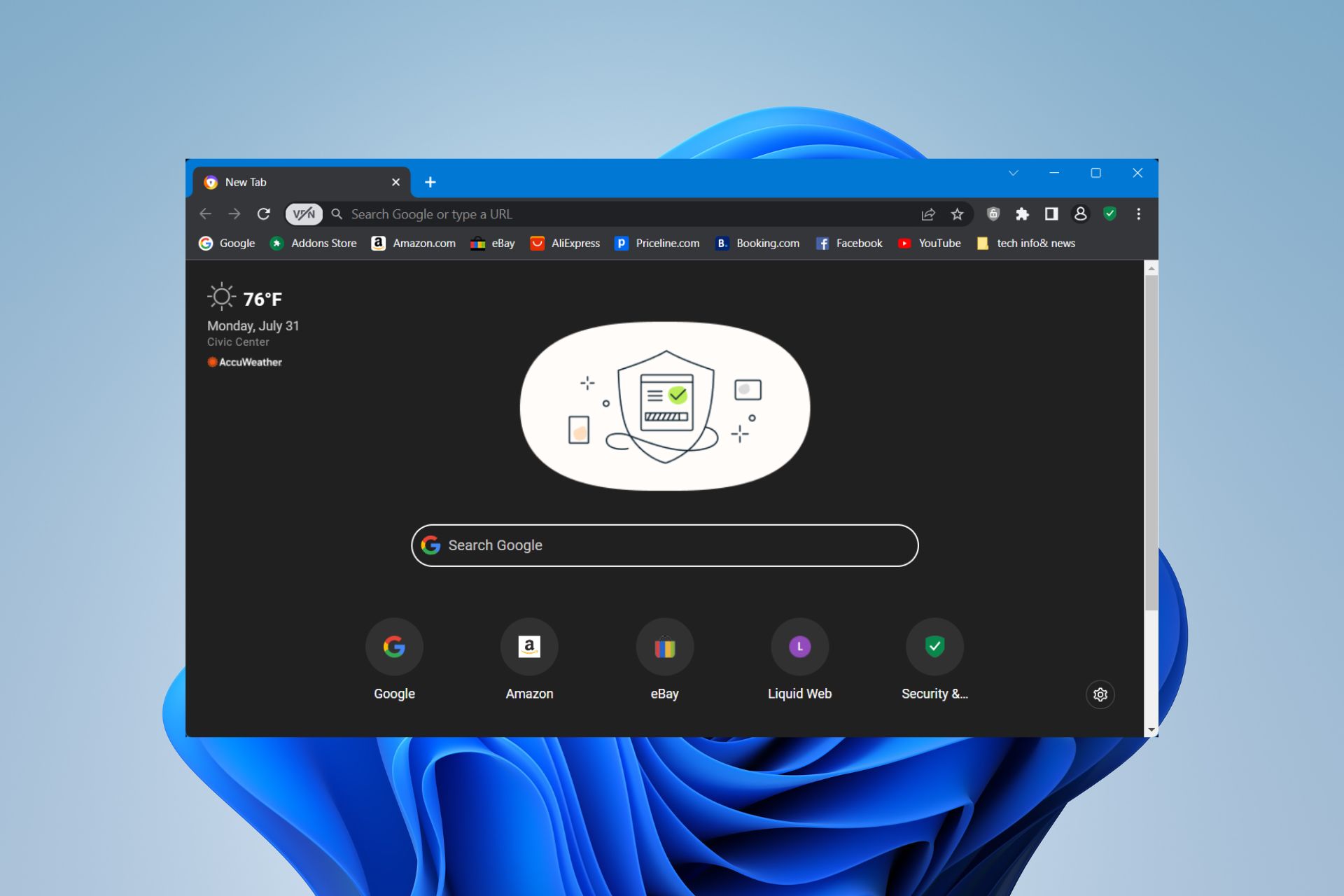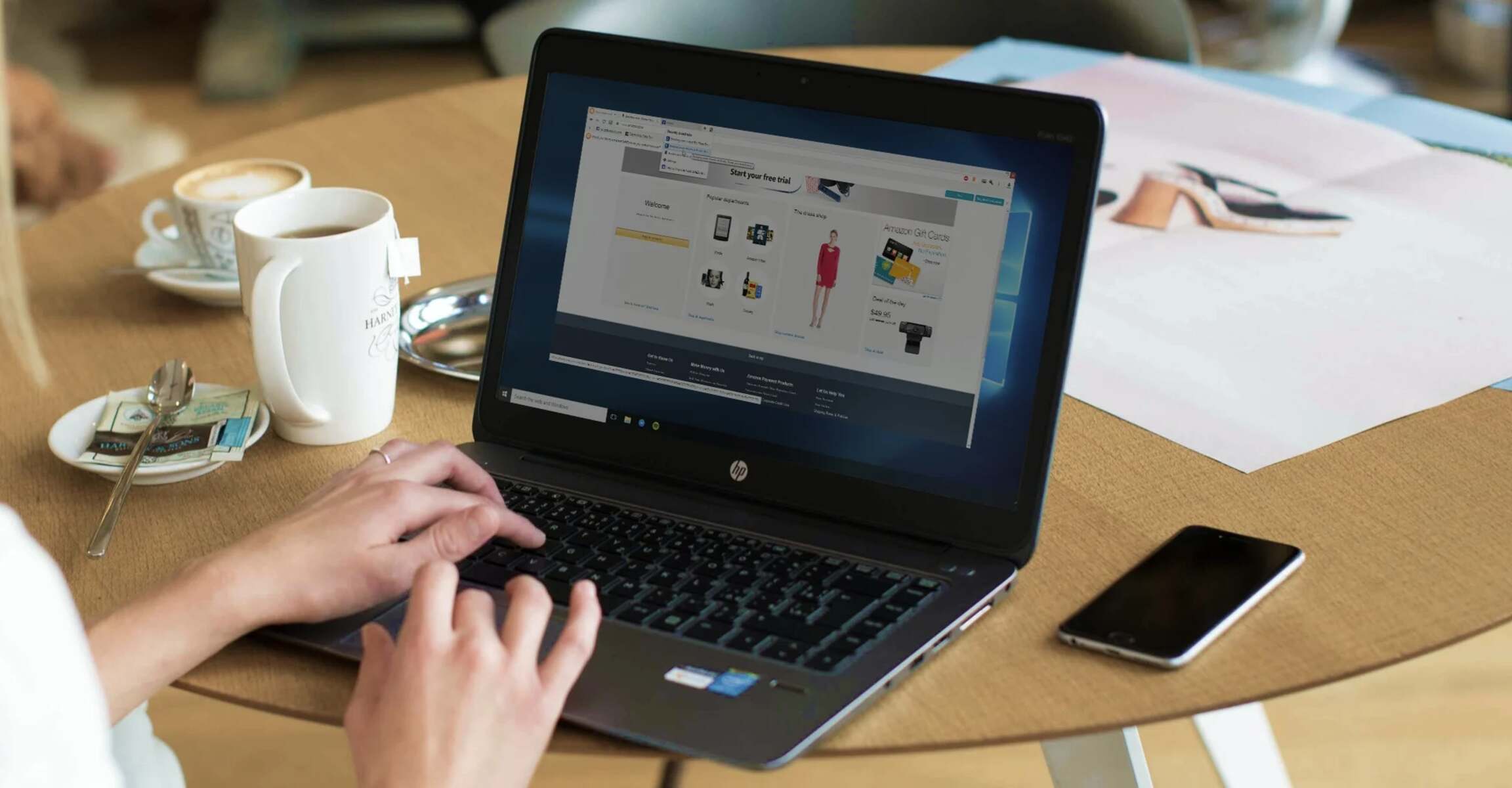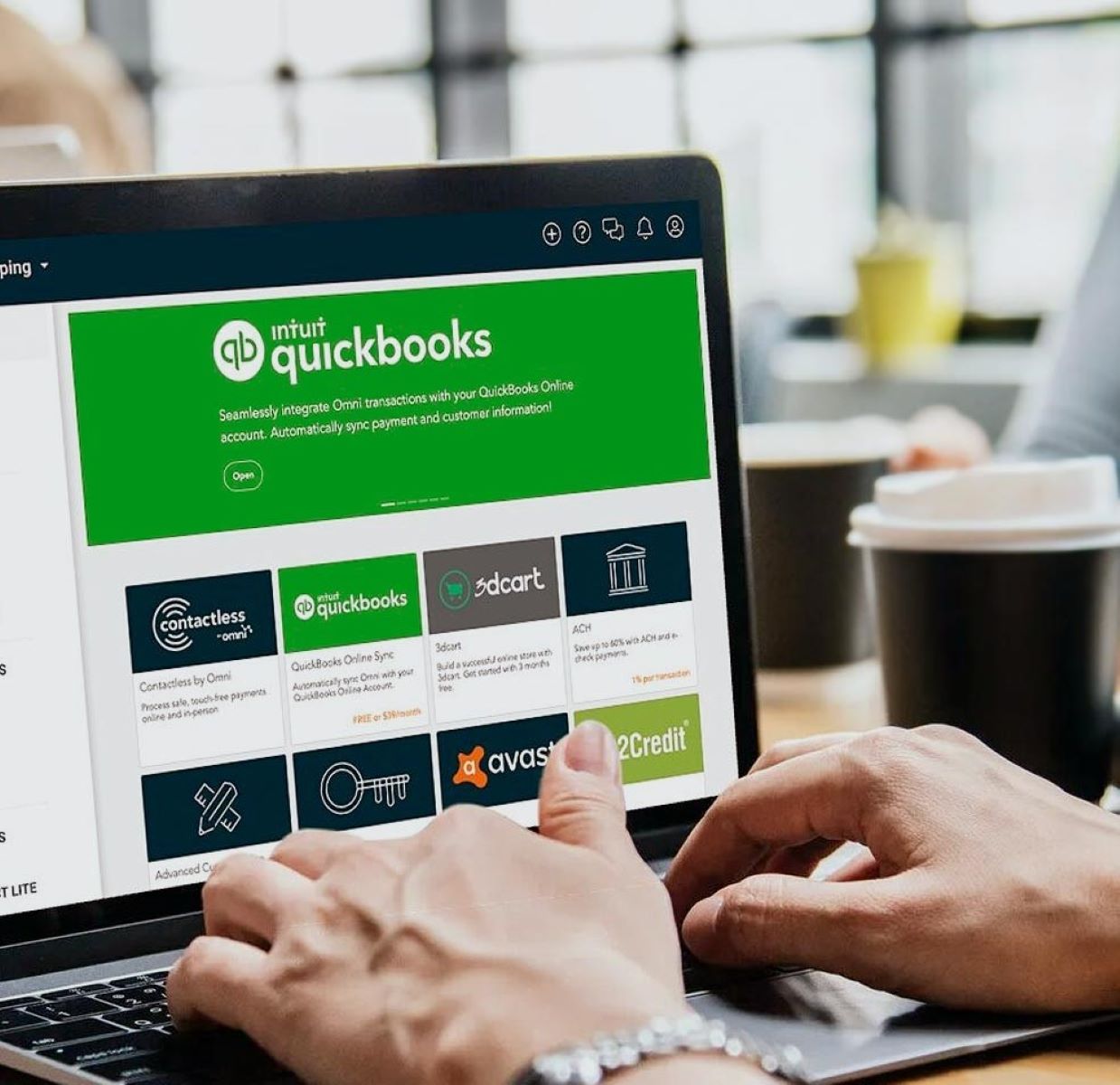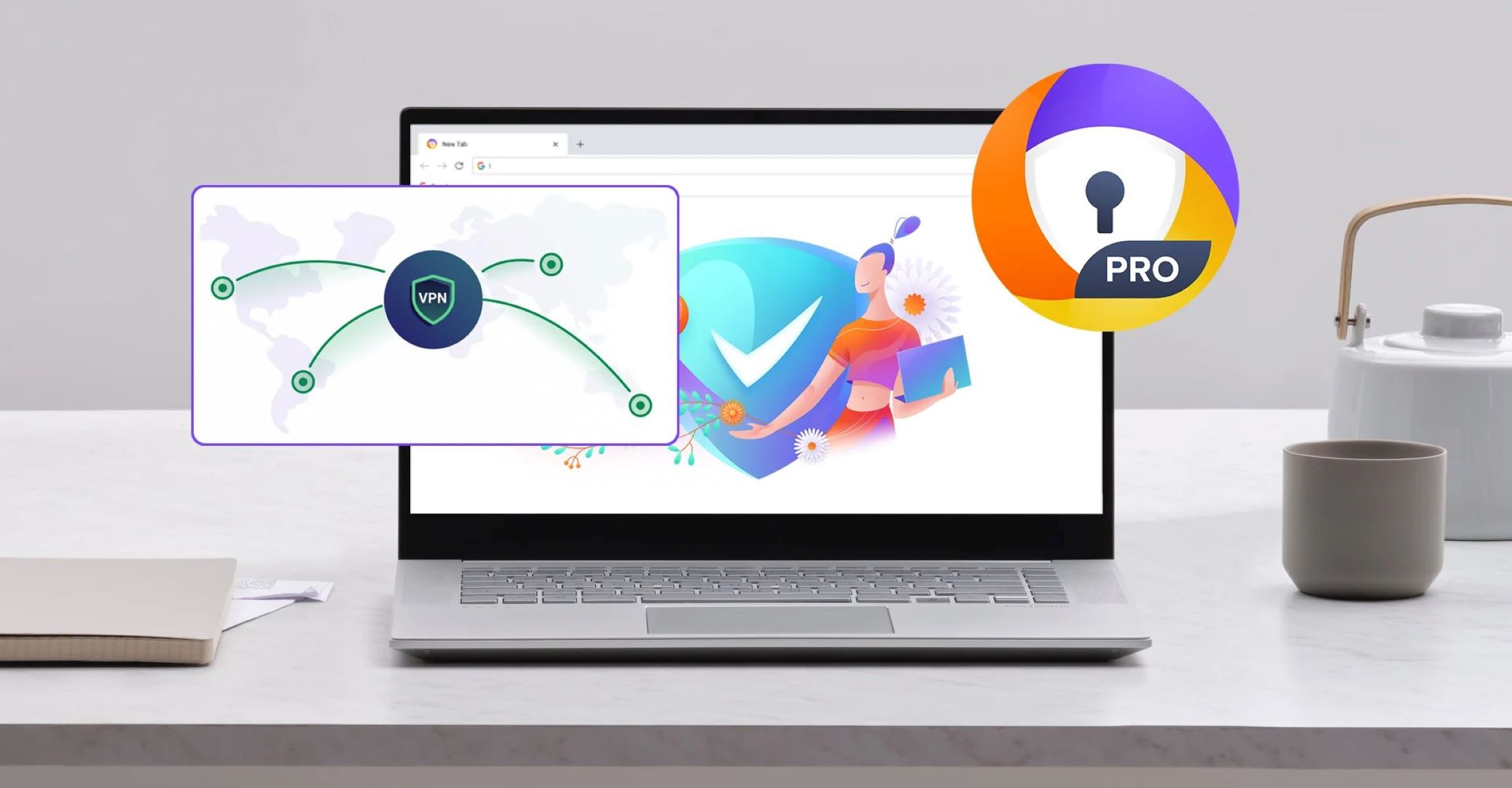Introduction
Video banking is revolutionizing the way financial institutions interact with their customers. With the advancements in technology, banks and credit unions are now able to offer personalized banking services through live video calls. This innovative approach combines the convenience of digital banking with the personalized experience of face-to-face interactions.
Through video banking, customers can seamlessly connect with banking professionals from the comfort of their homes or offices. Whether it’s opening a new account, applying for a loan, or seeking financial advice, video banking provides a convenient and efficient solution. This technology eliminates the need for customers to visit a physical branch, saving them time and creating a more accessible banking experience.
The rise of video banking can be attributed to the increasing demand for digital solutions in the finance industry. As more customers embrace online and mobile banking, financial institutions are finding new ways to meet their needs and expectations. Video banking offers a unique opportunity to bridge the gap between traditional brick-and-mortar branches and the digital landscape.
By leveraging video conferencing technology, banks can provide a personalized and interactive experience to their customers. This face-to-face interaction builds trust and strengthens customer relationships, which are vital in the finance industry. With video banking, financial institutions can deliver a high level of customer service and create a competitive edge in the market.
Moreover, video banking opens up new possibilities for reaching underserved communities. Customers in remote areas or those with limited mobility can easily access banking services through video calls. This inclusivity factor ensures that no one is left behind in the digital transformation of the finance industry.
In this article, we will explore what video banking entails, how it works, its benefits, common applications, as well as its advantages and disadvantages. Whether you’re a customer looking to explore this banking option or a financial institution considering implementing video banking, this comprehensive guide will provide you with the necessary insights to make informed decisions.
What is Video Banking?
Video banking is a technology-driven banking service that enables customers to interact with bank representatives through live video calls. This virtual platform combines the convenience of online banking with the personalized assistance of in-person interactions. With video banking, customers can access a wide range of banking services and advice from the comfort of their homes or offices.
Through secure video conferencing tools, customers can engage in real-time conversations with banking professionals who are trained to provide assistance on various financial matters. Whether it’s discussing account inquiries, applying for loans, or seeking investment advice, video banking allows for meaningful interactions and personalized guidance.
Video banking offers a seamless and efficient alternative to traditional branch visits. Instead of waiting in long queues or dealing with limited branch operating hours, customers can simply schedule a video call appointment at a convenient time. This saves time and provides flexibility, especially for customers with busy schedules or those located in remote areas.
One of the key advantages of video banking is the ability to have face-to-face interactions without the need for physical presence. Customers can see and communicate with a banking professional in real-time, creating a more personal and engaging experience. This virtual interaction not only fosters trust and transparency but also allows for effective problem-solving and decision-making.
Moreover, video banking offers a secure environment for conducting financial transactions and sharing sensitive information. Banks and credit unions have robust security measures in place to ensure the privacy and confidentiality of customer data during video calls. This reassures customers that their information is protected and minimizes the risk of fraud or identity theft.
Video banking also enhances accessibility for customers with disabilities or limited mobility. By eliminating the need to physically visit a branch, video banking enables individuals to access banking services from the comfort of their homes. This inclusivity factor promotes financial independence and equal opportunities for all customers.
In summary, video banking is a revolutionary banking service that leverages video conferencing technology to provide customers with personalized assistance and convenient access to banking services. It combines the benefits of online banking with the human touch of in-person interactions, offering a unique and valuable banking experience.
How Does Video Banking Work?
Video banking utilizes advanced technology to facilitate virtual interactions between customers and banking professionals. Here’s a step-by-step breakdown of how video banking works:
- Scheduling an Appointment: Customers can schedule a video banking appointment through the bank’s website or mobile app. They can select a convenient date and time for the video call.
- Connecting via Video Call: At the scheduled time, customers join the video call using a secure video conferencing platform provided by the bank. They may need to authenticate their identity through a secure login or multi-factor authentication process.
- Engaging with a Banking Professional: Once the video call is established, customers are connected with a trained banking professional who specializes in the service or assistance they require. The banking professional can see and hear the customer, and vice versa.
- Discussing Financial Needs and Queries: During the video call, customers can discuss their financial needs, ask questions, and seek advice from the banking professional. The professional can provide personalized recommendations, address account-related queries, and guide customers through various banking processes.
- Sharing Documents and Conducting Transactions: If necessary, customers can digitally share documents, such as identification proofs or financial statements, with the banking professional. The banking professional can assist customers in completing applications, initiating transactions, or providing necessary forms.
- Concluding the Video Call: Once the customer’s queries are resolved or the required assistance is provided, the video call comes to an end. The banking professional may summarize the discussion, confirm any action items, and provide relevant follow-up details.
It is important to note that video banking adheres to strict security protocols to safeguard customer information. Banks use encryption and secure connections to protect customer data during video calls, ensuring confidentiality and privacy.
Video banking can be accessed through various devices, including smartphones, tablets, and personal computers, making it convenient and accessible for customers regardless of their location.
In summary, video banking involves scheduling appointments, connecting through secure video calls, engaging with banking professionals, discussing financial needs and queries, sharing documents digitally, and concluding the video call. This technology enables customers to receive personalized assistance and conduct financial transactions in a secure and convenient virtual environment.
Benefits of Video Banking
Video banking offers a range of benefits for both customers and financial institutions. Let’s explore the key advantages of this innovative banking service:
- Convenience and Accessibility: Video banking provides customers with the convenience of accessing banking services from any location at a time that suits them. Customers no longer have to visit physical branches or adhere to limited operating hours, saving them valuable time and effort. This accessibility also benefits customers with physical disabilities or those located in remote areas.
- Personalized Assistance: Through face-to-face video calls, customers receive personalized assistance from banking professionals. They can discuss their specific financial needs, seek advice, and receive customized solutions. This personalized touch enhances the customer experience and builds trust.
- Time-efficient Transactions: Video banking enables swift and efficient transactions. Customers can apply for loans, open new accounts, or initiate transactions during video calls, eliminating the need for paper-based processes or multiple branch visits. This expedites the decision-making and approval process, resulting in faster service delivery.
- Cost Savings: Both customers and financial institutions can benefit from cost savings through video banking. Customers save on transportation expenses associated with visiting physical branches, while banks can reduce overhead costs by consolidating branch operations and deploying a centralized team of banking professionals.
- Enhanced Customer Service: Video banking allows for high-quality customer service delivery. Banking professionals can dedicate their attention to each customer during video calls, providing detailed explanations, resolving queries, and delivering personalized recommendations. This level of service builds customer loyalty and increases customer satisfaction.
- Increased Efficiency for Banks: By implementing video banking, financial institutions can streamline their operations and improve efficiency. Centralized video banking teams can handle customer interactions from multiple branches, reducing the need for branch-specific staff. This can lead to cost savings, resource optimization, and improved service consistency.
- Expanded Reach: Video banking enables banks to extend their services to previously underserved markets or areas with limited branch coverage. Customers located in remote regions can access banking services through video calls, contributing to financial inclusion and equal opportunities for all.
- Environmental Sustainability: With reduced branch visits and paperless processes, video banking supports environmental sustainability. The use of electronic documents and digital transactions reduces paper consumption, making it an eco-friendly alternative to traditional banking.
Overall, video banking offers numerous benefits, including convenience, personalized assistance, time efficiency, cost savings, improved customer service, increased efficiency for banks, expanded reach, and environmental sustainability. It is a win-win situation for customers and financial institutions, contributing to a more seamless and enhanced banking experience.
Common Applications for Video Banking
Video banking can be applied to various aspects of the banking process, enabling customers to access a wide range of services and assistance in a virtual environment. Let’s explore some of the common applications of video banking:
- Account Opening and Onboarding: Video banking allows customers to open new accounts remotely. They can provide necessary identification documents, complete application forms, and receive guidance from banking professionals throughout the process. This application is particularly beneficial for customers who prefer the convenience of digital onboarding.
- Loan Applications and Reviews: Video banking offers a streamlined process for loan applications and reviews. Customers can discuss their financing needs, go through the necessary documentation, and receive expert advice on suitable loan products. The convenience and real-time interaction make the loan application process more efficient and personalized.
- Financial Advisory Services: Customers can seek personalized financial advice and guidance through video banking. This application allows for in-depth discussions on investment options, retirement planning, wealth management, and other financial matters. Banking professionals can offer recommendations based on the customer’s goals and risk tolerance.
- Customer Support and Issue Resolution: Video banking provides an efficient channel for customer support and issue resolution. Customers can connect with banking professionals to resolve account-related queries, troubleshoot technical issues, or address concerns. The real-time interaction and visual cues enable better understanding and faster issue resolution.
- Wealth Management and Portfolio Reviews: Video banking is instrumental in providing wealth management services. Customers can review their investment portfolios, discuss performance, and receive expert recommendations on asset allocation, diversification, and risk management. The personalized video sessions enhance the relationship between customers and their wealth management advisors.
- Mortgage Applications and Consultations: Video banking simplifies the mortgage application process. Customers can discuss loan options, calculate affordability, and receive guidance on required documentation. The virtual platform enables ongoing consultations with mortgage specialists, ensuring customers are well-informed throughout the application and approval process.
- Financial Education and Seminars: Video banking facilitates financial education and seminars. Banks can conduct virtual workshops, webinars, and training sessions to educate customers on various financial topics, such as budgeting, saving, and investment strategies. The interactive nature of video calls enables participants to ask questions and engage in meaningful discussions.
- Card Services and Fraud Prevention: Video banking offers a secure platform to address card-related services and fraud prevention. Customers can report lost or stolen cards, request card replacements, or seek assistance with suspicious transactions. Banking professionals can verify identities and provide guidance on necessary steps to mitigate fraud risks.
These are just a few examples of the common applications for video banking. The versatility of this technology allows financial institutions to adapt and offer various services through virtual channels, providing customers with the convenience and accessibility they desire.
Advantages and Disadvantages of Video Banking
Video banking offers several advantages and disadvantages that both customers and financial institutions should consider. Let’s explore the pros and cons of video banking:
Advantages of Video Banking:
- Convenience: Video banking provides customers with the convenience of accessing banking services from any location at their preferred time, eliminating the need to visit physical branches.
- Personalized Assistance: Customers can receive personalized assistance from banking professionals through video calls, ensuring that their specific financial needs are addressed.
- Time Efficiency: Video banking enables swift and efficient transactions, saving customers valuable time by eliminating the need for paper-based processes or multiple branch visits.
- Cost Savings: Both customers and financial institutions can benefit from cost savings through video banking. Customers save on transportation expenses, while banks can reduce overhead costs by consolidating branch operations.
- Enhanced Customer Service: Video banking allows banking professionals to provide in-depth explanations, resolve queries, and deliver personalized recommendations, leading to increased customer satisfaction and loyalty.
- Expanded Reach: Video banking extends banking services to underserved markets or areas with limited branch coverage, promoting financial inclusion and equal access to services.
- Sustainability: Video banking supports environmental sustainability by reducing paper consumption through digital documents and transactions.
Disadvantages of Video Banking:
- Lack of Physical Interaction: The absence of in-person interactions may limit the ability to build certain levels of trust and rapport, especially for customers who prefer face-to-face communication.
- Technology Dependence: Video banking relies heavily on technology infrastructure that can sometimes experience glitches or connectivity issues, potentially affecting the customer experience.
- Security Concerns: Although video banking is designed with strict security measures, some customers may still have concerns regarding the confidentiality and privacy of their financial information.
- Technical Literacy: Some customers may face challenges using video banking platforms or adapting to new technologies, requiring additional support and education from banking institutions.
- Limitations on Services: Not all banking services may be conveniently available through video banking, and certain complex or specialized transactions may still require in-person visits to physical branches.
- Dependence on Internet Connection: Video banking heavily relies on a stable and reliable internet connection, posing challenges for customers in areas with limited or unreliable internet infrastructure.
It is important for financial institutions to consider these advantages and disadvantages when implementing video banking services. Understanding the potential drawbacks and addressing customer concerns can help mitigate any challenges and ensure a seamless and satisfactory video banking experience.
How to Get Started with Video Banking
If you’re interested in utilizing video banking services, here are the general steps to get started:
- Research and Choose a Financial Institution: Begin by researching financial institutions that offer video banking services. Look for reputable institutions that align with your banking needs and preferences.
- Check Compatibility: Ensure that your devices (e.g., smartphones, tablets, or computers) are compatible with the video banking platform offered by the selected institution. Check the system requirements and supported operating systems.
- Download the App or Access the Website: If the financial institution has a dedicated video banking app, download it from the respective app store. Alternatively, visit their website and access the video banking portal.
- Create an Account or Log in: Follow the instructions provided by the financial institution to create a new account or log in to an existing account on the video banking platform.
- Schedule an Appointment: Depending on the services you require, schedule an appointment with a banking professional through the video banking platform. Choose a suitable date and time that works for you.
- Prepare Documents and Questions: Before the scheduled video call, gather any necessary documents or information that may be required for the specific banking services or inquiries. Prepare a list of questions or topics you want to discuss with the banking professional.
- Ensure Secure Environment: Find a quiet and private space for the video call, ensuring that your surroundings are free from distractions. During the call, avoid sharing personal or sensitive information over unsecured networks or in public spaces.
- Join the Video Call: At the scheduled time, launch the video banking app or access the website and navigate to the video call section. Follow the instructions to join the video call with the banking professional.
- Engage in the Discussion: Once connected, engage in the conversation with the banking professional. Clearly communicate your objectives, ask questions, and provide any requested information or documentation during the call.
- Follow Up and Take Action: After the video call, take note of any action items or next steps discussed with the banking professional. Follow up accordingly, whether it’s submitting documents, reviewing provided information, or initiating transactions.
Remember to provide feedback to your financial institution regarding your video banking experience. This will assist them in improving their services and addressing any concerns you may have encountered.
By following these steps, you can easily get started with video banking and experience the convenience and personalized assistance it offers.
Conclusion
Video banking is transforming the way customers interact with their financial institutions, offering a convenient and personalized banking experience. The combination of technology and human interaction provides numerous benefits for both customers and financial institutions.
Through video banking, customers can access a wide range of banking services and assistance from the comfort of their homes or offices. From account opening to loan applications, customers can receive personalized guidance and support through face-to-face video calls. This convenient access saves time, eliminates geographical barriers, and enhances the overall customer experience.
Financial institutions that implement video banking can significantly improve their service delivery, efficiency, and customer satisfaction. By centralizing banking professionals and leveraging video conferencing technology, banks can streamline operations, reduce costs, and offer consistent, personalized assistance across multiple branches.
However, it’s important to acknowledge the potential challenges and limitations of video banking. The absence of physical interaction, reliance on technology, and concerns about security and technical literacy can pose obstacles for some customers. Financial institutions should address these concerns by providing clear communication, robust security measures, and appropriate support channels.
In conclusion, video banking is a valuable addition to the banking industry, revolutionizing the way customers access banking services and assistance. With its convenience, personalized assistance, time efficiency, and expanded reach, video banking offers a more accessible and efficient banking experience. Financial institutions that embrace video banking can gain a competitive edge, enhance customer relationships, and drive innovation in the ever-evolving digital landscape.









